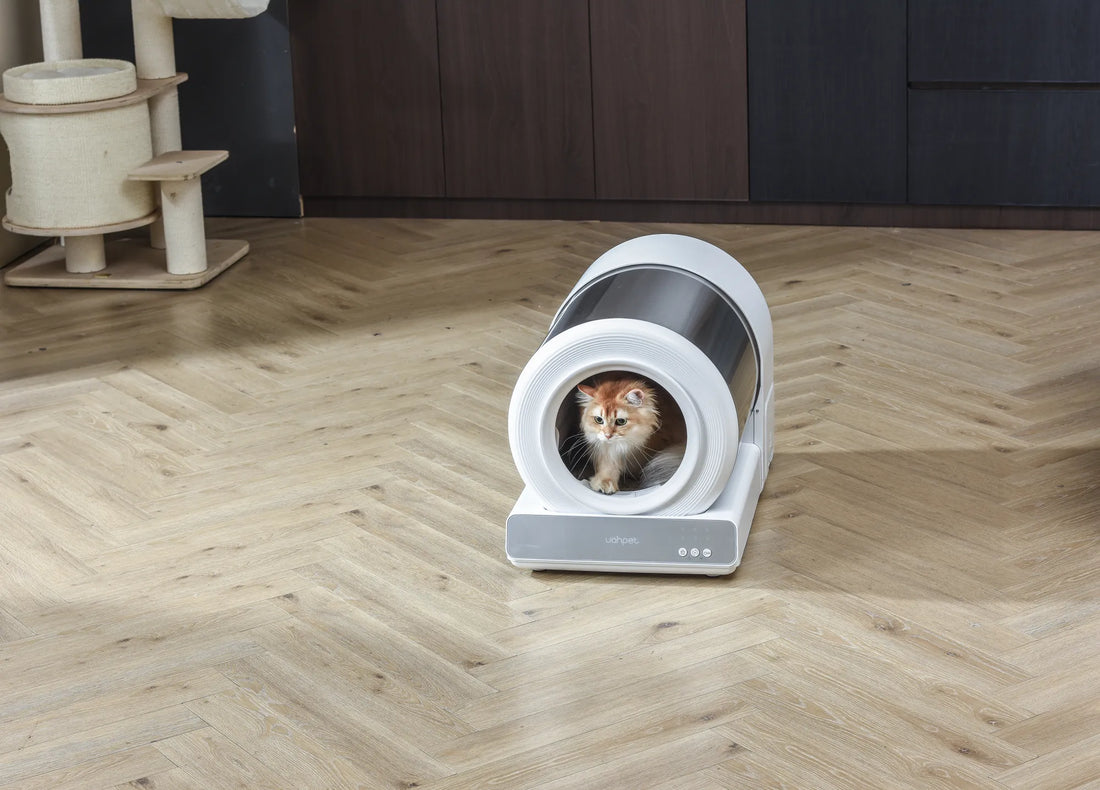Teaching a cat where the litter box is can be one of the most rewarding experiences for any pet owner. Cats are naturally clean animals, but they need a little guidance to understand where their designated bathroom area is. Whether you're bringing home a new kitten or helping an older cat adjust to a new environment, this guide will walk you through everything you need to know.
Understanding Your Cat's Natural Instincts
Cats have an innate desire to bury their waste, which makes litter box training easier than you might think. However, they need to feel safe and comfortable in their environment to use the litter box consistently. Start by observing your cat's behavior and preferences to ensure the litter box setup meets their needs.
Choosing the Right Litter Box
The first step in teaching your cat where the litter box is involves selecting the right box. Consider the size, shape, and depth of the litter box. Kittens may need a smaller, shallow box, while larger cats might prefer a spacious one. Additionally, some cats prefer covered boxes for privacy, while others feel more comfortable with open ones.
Selecting the Perfect Location
Location is key when it comes to litter box training. Place the litter box in a quiet, low-traffic area where your cat can have privacy. Avoid placing it near their food and water bowls, as cats prefer to keep their eating and bathroom areas separate. If you have a multi-level home, consider placing a litter box on each floor for easy access.
Introducing Your Cat to the Litter Box
Once the litter box is set up, it's time to introduce your cat to it. Gently place your cat in the box and let them explore. You can even use your fingers to mimic digging in the litter to show them what to do. Be patient and give them time to get used to the new environment.
Using Positive Reinforcement
Positive reinforcement is a powerful tool in litter box training. Whenever your cat uses the litter box correctly, reward them with praise, treats, or affection. This helps them associate the litter box with positive experiences and encourages them to use it consistently.
Addressing Common Challenges
Some cats may take longer to adjust to the litter box, especially if they've had negative experiences in the past. If your cat avoids the litter box, consider potential issues such as the type of litter, the cleanliness of the box, or underlying health problems. Addressing these factors can make a significant difference.
Maintaining a Clean Litter Box
Cats are more likely to use a clean litter box, so regular maintenance is essential. Scoop the box daily and replace the litter as needed. Wash the litter box with mild soap and water weekly to keep it fresh and inviting for your cat.
Helping Multiple Cats Coexist
If you have multiple cats, it's important to provide enough litter boxes to avoid territorial disputes. The general rule is to have one litter box per cat, plus one extra. This ensures that each cat has access to a clean box whenever they need it.
Monitoring Your Cat's Progress
Keep an eye on your cat's litter box habits to ensure they're using it consistently. If you notice any changes in their behavior, such as avoiding the box or having accidents, it could be a sign of stress or health issues. Consult your veterinarian if you have concerns.
Teaching your cat where the litter box is doesn't have to be a daunting task. With patience, consistency, and the right approach, you can help your feline friend develop good bathroom habits. A well-trained cat means a happier home for both of you, so start today and enjoy the benefits of a stress-free environment.













